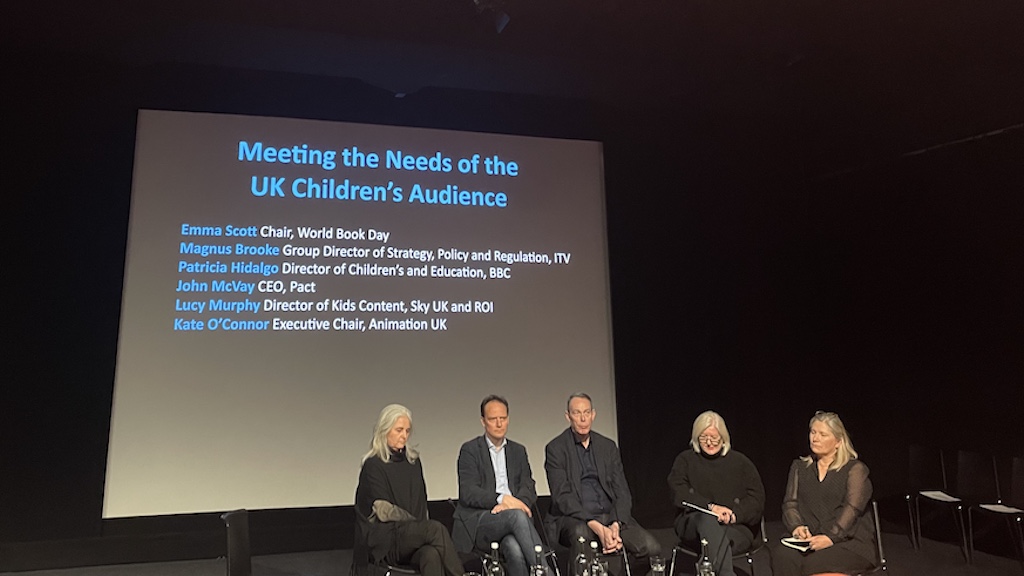
After more than 35 years of operation, TBI is closing its doors and our website will no longer be updated daily. Thank you for all of your support.
Children’s Media Foundation launches campaign to address “crisis” in UK kids’ sector

Children’s Media Summit 2024 (Source: TBI)
The Children’s Media Foundation (CMF) in the UK has launched a campaign to address the “crisis of childhood” that it said is being caused by the “media lives” of the country’s young people.
The CMF has highlighted the shift in viewing habits among children and young people away from public service channels and towards online platforms. It said that this has led to “a dramatic increase in the consumption of age-inappropriate content and generic or US-focused content, rather than content focused on the needs of a UK audience.”
The launch of the campaign comes following the day-long Children’s Media Summit 2024 in London yesterday, which saw leading figures from the UK children’s content industry, including from the BBC, ITV, Sky, Pact, Animation UK and YouTube, come together alongside regulators, policy makers and others to seek answers to the major issues faced by the children’s audience.
Topics of discussion include the migration of young viewers to video-sharing platforms and the revenue impacts caused by the lost audience and subsequent reduction in commissions.
The summit has resulted in the production of a ‘Responding To The Crisis of Childhood’ campaign document (which can be read here) which the CMF is inviting the industry and children’s advocates to support as it now looks to government to help address declines in the UK children’s media market.
CMF board director Nigel Pickard said: “We are facing a cultural crisis as research from Ofcom reveals the dramatic shift in audience viewing as children and teenagers migrate to unregulated platforms such as YouTube and TikTok.
“At this summit we call on policy makers to address these issues in order to ensure that today’s children’s audience be given access to the same range of culturally relevant, trusted and life-affirming content that was made available to previous generations, in a form and on platforms that reflect the way children and young people live today.”


